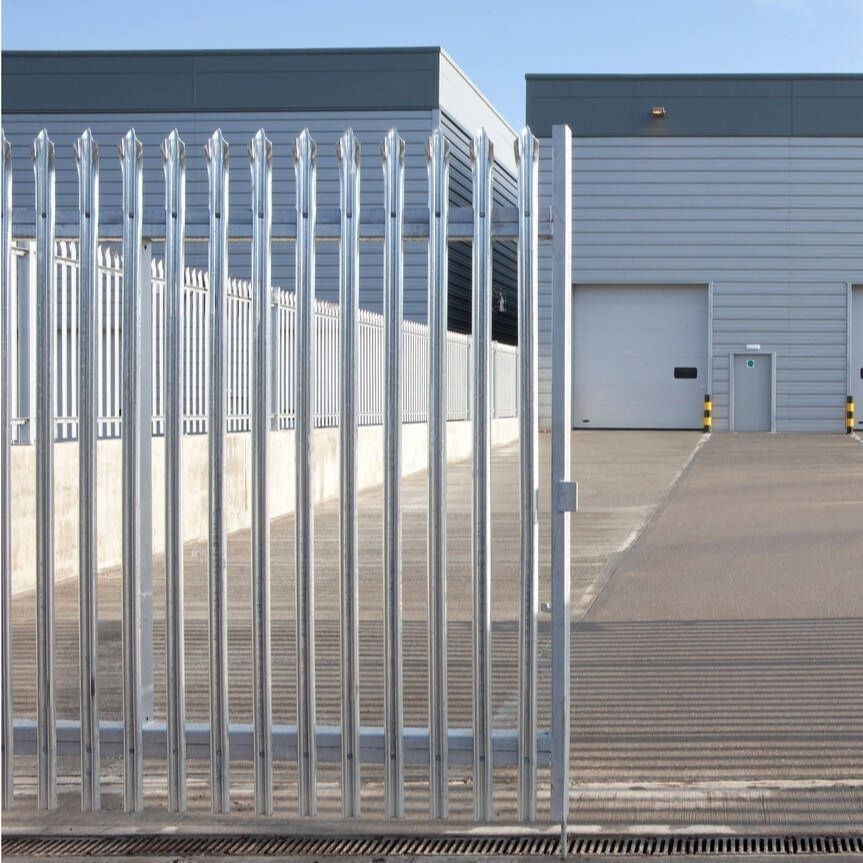The Role of Absorptive Noise Barriers in Urban Sound Management
As urban areas continue to expand, the challenge of noise pollution becomes increasingly pressing. Among various strategies to mitigate this issue, absorptive noise barriers stand out as effective solutions designed to reduce sound propagation in densely populated environments. These barriers not only serve a functional purpose but also enhance the aesthetic appeal of urban landscapes.
Absorptive noise barriers are typically made from materials that absorb sound rather than simply reflecting it. This characteristic makes them particularly valuable in urban settings where noise from traffic, construction, and other activities can disrupt the peace and quiet of residential areas. Unlike reflective barriers, which bounce sound waves away, absorptive barriers capture and dissipate sound energy, thus lowering the overall noise levels.
One of the key benefits of absorptive noise barriers is their ability to provide significant sound reduction without the need for massive structures. Traditional barriers, often made of concrete or metal, primarily function by blocking the line of sight between noise sources and receivers. However, these structures can be unsightly and can take up a large amount of space. In contrast, absorptive barriers can be engineered to fit seamlessly into the surrounding environment. Their materials, which can include various composites, wood, or even plant-based elements, allow for a more harmonious integration into the urban landscape.
absorptive noise barrier

The design of absorptive noise barriers also emphasizes sustainability. Many modern barriers incorporate recycled materials and can be vegetated, further enhancing their ecological benefits. Green barriers not only absorb sound but also contribute to air quality improvements and biodiversity. Vegetation can provide a habitat for wildlife and improve aesthetics in urban environments, offering a multifunctional approach to noise reduction.
Furthermore, the effectiveness of absorptive noise barriers can significantly depend on their placement and height. Properly situated barriers can intercept sound waves before they reach sensitive areas, such as schools, hospitals, and residential neighborhoods. Engineers and urban planners often conduct thorough acoustic modeling assessments to optimize the design and placement of these barriers, ensuring maximum efficiency in sound reduction.
In addition to their acoustic performance, the durability and maintenance of absorptive noise barriers are crucial considerations. Materials must be chosen not only for their noise absorption qualities but also for their longevity and resistance to environmental conditions. Regular maintenance is necessary to ensure the barriers continue to perform effectively, particularly those incorporating organic elements.
In conclusion, absorptive noise barriers play a crucial role in urban sound management. Their ability to effectively reduce noise pollution while promoting sustainability and aesthetics makes them an increasingly popular choice in urban planning. As cities continue to grow, the incorporation of such barriers will be essential in creating more livable environments, ensuring that residents can enjoy their homes without the constant intrusion of unwanted noise. The future of urban design will likely see even more innovative solutions, blending functional sound management with ecological and aesthetic considerations.
-
The Best Metal Mesh Solutions: Expanded Aluminum Metal vs. Expanded Stainless Steel Metal
NewsSep.10,2024
-
Round Perforated Sheets vs. Hexagonal Perforated Sheets vs. Embossed Perforated Sheet Metal
NewsSep.10,2024
-
Perforated Metal Sheets
NewsSep.10,2024
-
Experience The Excellence Of Stainless Steel Grating
NewsSep.10,2024
-
Discover the Versatility Of Metal Mesh Expanded Forming Machines
NewsSep.10,2024
-
Discover The Advantages Of Steel Grating For Sale
NewsSep.10,2024
Subscribe now!
Stay up to date with the latest on Fry Steeland industry news.

